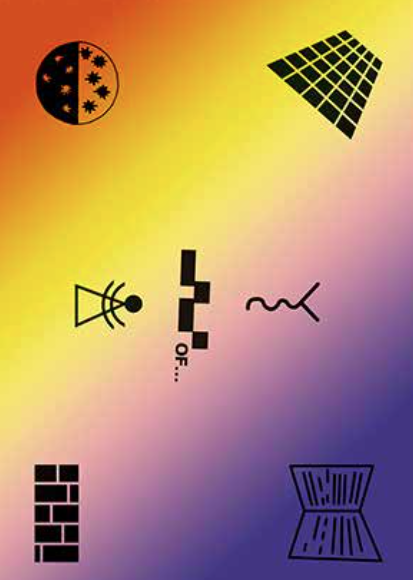Hiding in Plain Sight. Amy Suo Wu’s The Kandinsky
DOI:
https://doi.org/10.46516/inmaterial.v2.40Resumen
The history of 20th century painting conventionally identifies abstraction with modernism and the return of figuration with postmodernism. But abstraction ended much earlier, in a spy operation during World War II, when a British intelligence officer, in a stroke of genius, found abstract paintings to be the perfect carriers for secret messages transported across the ocean. For this purpose, he commissioned a painting to Wassily Kandinsky that included a secret message encoded – in the manner of flag signs or Morse code – into its seemingly abstract visual shapes. This anecdote explains steganography: the clever hiding of messages in other messages. Steganographic messages do not need to appear innocuous. At some point, militant jihadists were reported to run pornographic websites as a cover, using porn images for hidden communication. [...]Descargas
Los datos de descargas todavía no están disponibles.

Publicado
2017-12-20
Cómo citar
[1]
Cramer, F. 2017. Hiding in Plain Sight. Amy Suo Wu’s The Kandinsky. INMATERIAL. Diseño, Arte y Sociedad. 2, 4 (dic. 2017), 104–116. DOI:https://doi.org/10.46516/inmaterial.v2.40.
Número
Sección
ARTÍCULOS ORIGINALES
Licencia
Derechos de autor 2017 Florian Cramer

Esta obra está bajo una licencia internacional Creative Commons Atribución-CompartirIgual 4.0.






